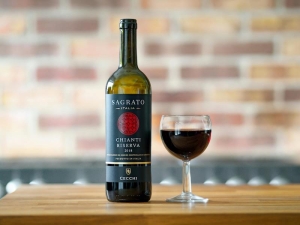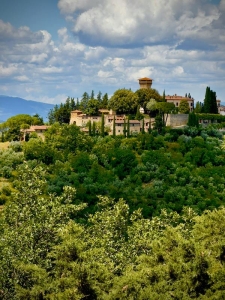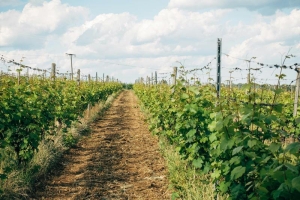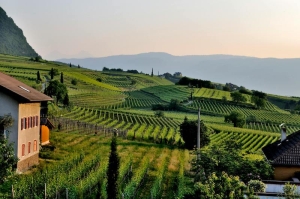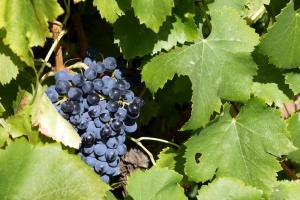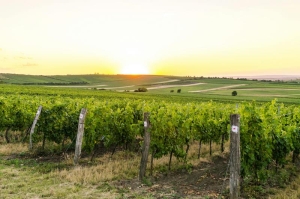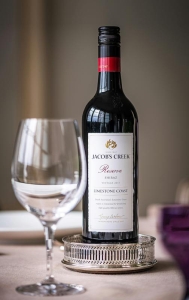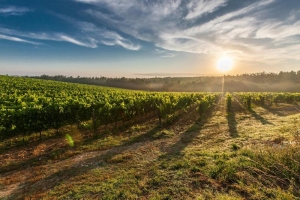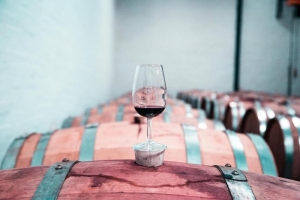International Grenache Day: One Of The World’s Most Versatile Varieties
Every year wine lovers around the world get together to celebrate International Grenache Day on the third Friday of September. This day is all about one of the most planted, yet underappreciated grape varieties: Grenache. Versatile, bold and able to grow in any climate, Grenache is a winemaker and wine drinker’s favourite. Whether you’re new to wine or a seasoned pro, here’s why you should join in the fun and raise a glass to Grenache on this day.
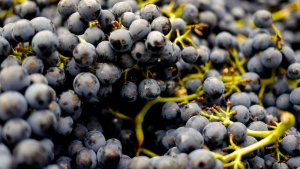
A Long History of Grenache
Grenache, or Garnacha as it’s known in Spain, is thought to have originated in the Aragón region of northern Spain in the 12th century. This tough, sun-loving grape flourished in the dry, windy vineyards of Spain and soon spread across the Mediterranean following trade routes and conquests. By the 17th century Grenache was a mainstay of viticulture in Spain and next door in France.
In France, Grenache found a natural home in the southern Rhône Valley, particularly in Châteauneuf-du-Pape. Here it became the foundation of the red blends that define the region, often blended with Syrah and Mourvèdre. Grenache’s ability to add fruit, body and warmth to these blends cemented its status as a key grape variety in French winemaking.
But it wasn’t just France and Spain where Grenache made an impact. As early as the 18th century Grenache was introduced to Sardinia, Italy where it’s known as Cannonau. It has since become the island’s most planted variety and produces wines that are bold, rustic and full of character.
Grenache’s journey continued into the 19th and 20th centuries as it spread around the world. The grape thrived in the warm climates of Australia, the US and South Africa and today it’s one of the most planted red grape varieties globally. In Australia, particularly in the Barossa Valley and McLaren Vale, old-vine Grenache is highly sought after and produces wines with rich concentration and flavour. In the US, Grenache found a home in California’s Central Coast where it’s made into single-variety wines and Rhône-style blends.
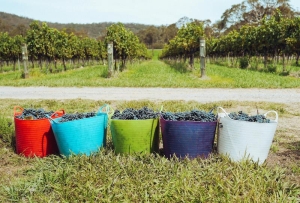
Grenache Characteristics
Grenache is loved for its balance of boldness and drinkability. In warm climates it produces ripe, fruit-forward wines full of red berries, cherries and spice with a hint of herbal notes like thyme or rosemary. In cooler regions Grenache can be more elegant and savoury with a lighter body and pepper and earth notes.
One of Grenache’s greatest assets is its versatility. It can be made into a range of styles from fresh and fruity rosés to robust reds with ageing potential. Grenache rosés, particularly those from Provence and the Languedoc, have become super popular for their refreshing nature perfect for warm weather drinking. Full-bodied reds made from Grenache can be complex, rich and full of character and often benefit from a few years of ageing to fully develop their depth.
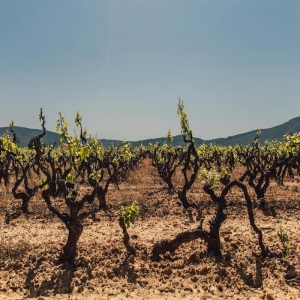
Grenache Around the World
While Spain and France are the traditional home of Grenache, it’s made its mark in other regions each with its own take on the grape.
Spain: As Garnacha it thrives in the hot, dry climates of Aragón and Catalonia. In Priorat it’s blended with Cariñena to produce some of Spain’s most powerful and age-worthy wines. In Navarra it’s the main player in producing refreshing, fruit-driven rosés that have revived the region.
France: In the southern Rhône Valley Grenache is the foundation of some of the region’s most famous wines, Châteauneuf-du-Pape and Côtes du Rhône. French Grenache wines are bold, spicy and often blended with Syrah, Mourvèdre and other Rhône varieties. In Provence Grenache is a key player in rosé wines that have become global stars for their elegance and fresh, fruity flavours.
Australia: Grenache is the rising star in Australia, particularly in regions like McLaren Vale and the Barossa Valley. The country’s old-vine Grenache, some of which is over 100 years old, produces wines of incredible concentration and complexity. Australian winemakers are known for their creativity with Grenache, experimenting with different techniques to showcase the grape’s full potential.
United States: California has taken to Grenache, particularly in the Central Coast regions of Paso Robles and Santa Barbara. Winemakers there are making single-variety wines and blends that showcase Grenache’s fruit and spice. Grenache’s popularity in California has grown with the “Rhône Rangers” movement which champions Rhône varieties.

Why Grenache Needs More Love
Despite being global and in some of the world’s most famous wines Grenache is often overlooked in favour of more well-known varieties like Cabernet Sauvignon or Pinot Noir. International Grenache Day is the perfect excuse to give this grape the recognition it deserves. Its ability to adapt to different climates, produce different styles of wine and offer a range of flavours makes it one of the most exciting and versatile grapes in the world.

